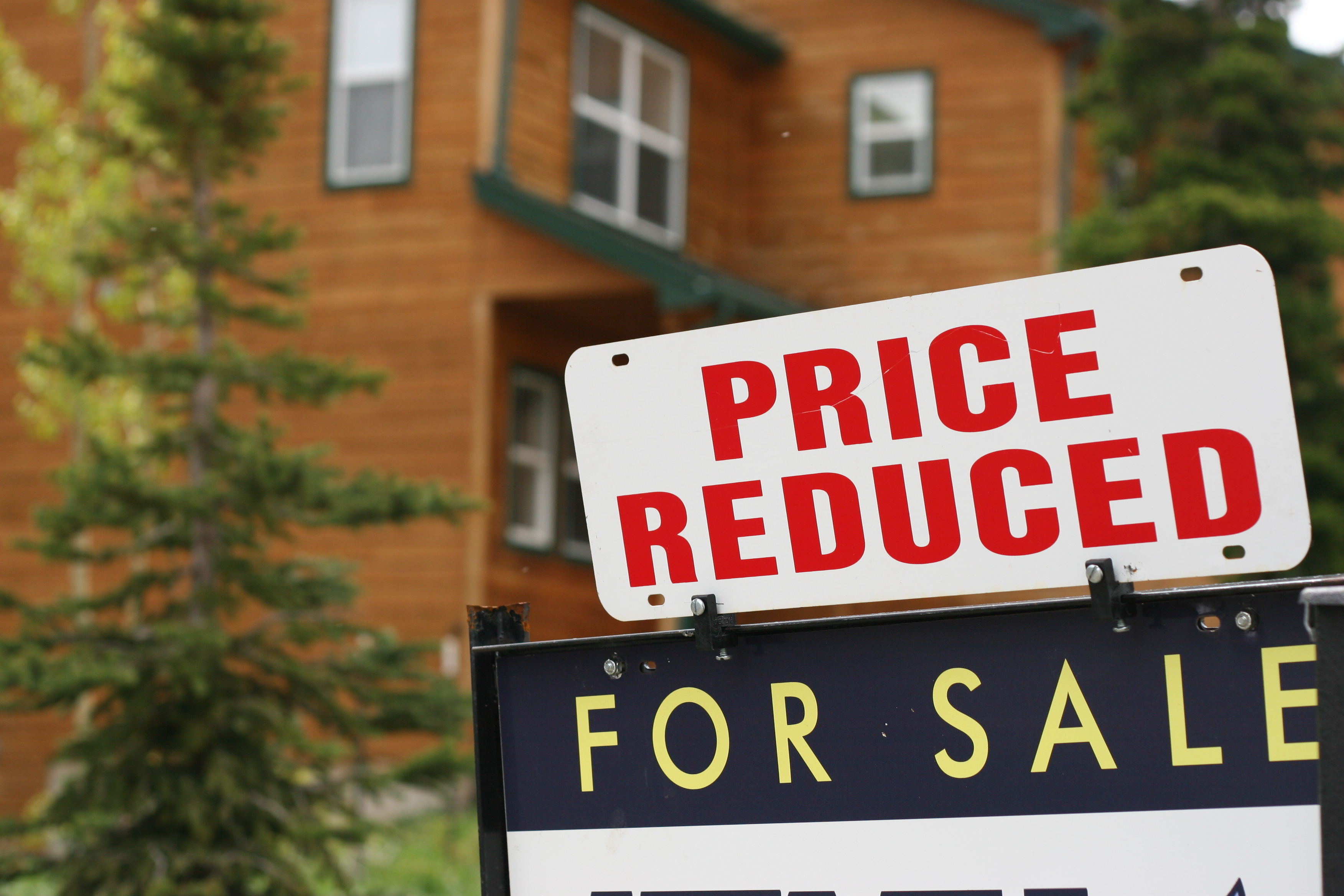In the realm of property law, a listed building refers to a structure or architectural ensemble that holds significant historical, architectural, or cultural value. These buildings are officially recognized and protected by legislation to preserve their unique character and heritage. The process of listing involves the inclusion of the building on a register, commonly maintained by heritage organisations or government bodies, such as Historic England in the UK.
Categories of Listing: Listed buildings are typically categorized into different grades to reflect their level of importance and the extent of protection they receive. The grading system may vary between countries, but in the UK, it consists of three main grades:
- Grade I: Buildings of exceptional interest, such as cathedrals, palaces, or historically significant structures.
- Grade II*: Buildings of more than special interest, showcasing regional or local architectural significance.
- Grade II: Buildings of special interest, encompassing the majority of listed buildings in the UK.
Implications for Conveyancing
Dealing with a listed building during conveyancing requires additional considerations due to the legal obligations and restrictions involved. It’s essential to be aware of the following implications:
- Alterations and Modifications: Listed buildings are subject to strict regulations regarding alterations and modifications. Any proposed changes, whether minor or substantial, may require consent from the relevant heritage or planning authority. Conveyancing solicitors must ensure their clients are aware of these restrictions and the potential need for obtaining consent before proceeding with any alterations.
- Maintenance and Repair: Listed buildings often require specialized maintenance and repair to preserve their unique features. Conveyancers should advise their clients about the potential costs and responsibilities associated with maintaining a listed property, as well as any specific obligations outlined by heritage authorities.
- Insurance Considerations: Insuring a listed building can be more complex than insuring a standard property. Conveyancing firms should advise clients about the importance of securing appropriate insurance coverage that takes into account the unique risks and potential costs associated with listed buildings.
- Future Sale or Purchase: When a listed building is involved in a sale or purchase, conveyancers must conduct thorough due diligence. This includes reviewing the property’s listed status, investigating any ongoing or completed heritage-related works, and assessing any legal restrictions or obligations that may affect the transaction.
Final Thoughts on Listed Buildings
Listed buildings hold immense historical and cultural value, and as conveyancers, it is our responsibility to navigate the intricacies surrounding their legal implications. By understanding the concept of listed buildings and the associated considerations, we can better guide our clients through the conveyancing process, ensuring the preservation and protection of these invaluable architectural treasures for generations to come.



